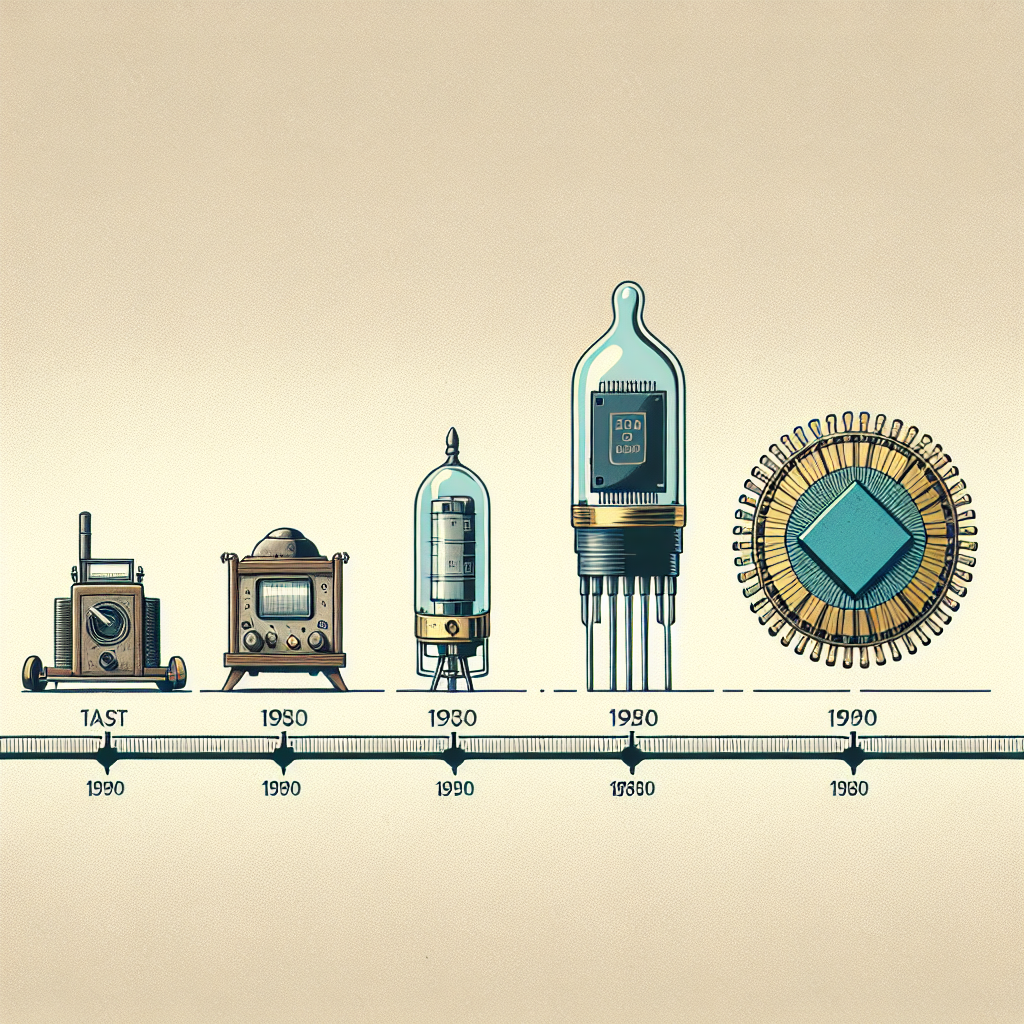Semiconductor technology has been at the forefront of technological advancements for decades, revolutionizing the way we live, work, and communicate. From the first transistor in 1947 to the latest high-performance chips, the evolution of semiconductor technology has been nothing short of remarkable.
The past:
The history of semiconductor technology can be traced back to the invention of the transistor by Bell Labs in 1947. This small but powerful device replaced bulky and unreliable vacuum tubes, paving the way for the development of smaller and more efficient electronic devices. The invention of the integrated circuit in 1958 further revolutionized the industry, allowing multiple transistors to be combined on a single chip.
Throughout the 1960s and 1970s, semiconductor technology continued to advance rapidly, with the development of smaller and more powerful chips. The introduction of the microprocessor in the early 1970s marked a major milestone in the industry, enabling the creation of the first personal computers.
The present:
Today, semiconductor technology plays a crucial role in almost every aspect of our lives. From smartphones and laptops to cars and medical devices, semiconductor chips are found in a wide range of products. The industry has seen significant advancements in recent years, with the development of smaller and more powerful chips that consume less energy.
One of the key trends in semiconductor technology today is the move towards smaller chip sizes, with manufacturers constantly striving to pack more transistors onto a single chip. This trend, known as Moore’s Law, has driven the industry forward for decades and shows no signs of slowing down.
Another important development in semiconductor technology is the shift towards more energy-efficient chips. With concerns about climate change and energy consumption on the rise, manufacturers are focusing on developing chips that consume less power while still delivering high performance.
The future:
Looking ahead, the future of semiconductor technology promises even more exciting advancements. One of the most anticipated developments is the commercialization of quantum computing, which has the potential to revolutionize the way we process information. Quantum computers are expected to be exponentially more powerful than traditional computers, opening up new possibilities in fields such as artificial intelligence, cryptography, and drug discovery.
Another area of focus for the industry is the development of new materials and technologies, such as gallium nitride and silicon carbide, which offer higher performance and efficiency than traditional silicon-based chips. These materials have the potential to enable new applications in areas such as electric vehicles, renewable energy, and 5G telecommunications.
In conclusion, the evolution of semiconductor technology has been a remarkable journey, from the invention of the transistor to the development of advanced chips that power our modern world. As we look towards the future, the industry is poised for even more exciting advancements that will continue to shape the way we live and work.


Leave a Reply